Will the UPC get its "long arm" slapped by the WTO?
January 30, 2025
Last Tuesday, the big news in the patent world was of course that the UPC’s Court of First Instance (CFI), Düsseldorf Division, in case 355/2023, found that if the defendant is domiciled in a Contracting Member State (in the case at hand, Germany), the UPC has jurisdiction to hear the infringement action in respect of the UK part of the patent in suit. The CFI added that this also applies if the defendant has filed a counterclaim for revocation in respect of the German part of the patent in suit. This is the first case where the UPC has asserted its so-called “long-arm” jurisdiction.
By coincidence, this news arrives less than one week after the EU filed a “Request for Consultations” vis-à-vis China, based on very good reasons, before the World Trade Organization (WTO), alleging that China’s law and practice, whereby Chinese courts may set royalty rates even for non-Chinese standard essential patents (SEPs) without the consent of both parties, is contrary to several provisions of the Paris Union Convention and the TRIPS Agreement. For readers who are not WTO aficionados, at the WTO, a “Request for Consultations” is the preamble that, if it does not result in an agreement, triggers a formal complaint. A more detailed explanation on how the WTO dispute settlement procedure unfolds was provided by the author in the seminal work “A GATT With Teeth. Law wins over politics in the resolution of international trade disputes”, Columbia Journal of Transnational Law, 1993 (Vol. 31:1). In a way, this “Request for Consultations” is a follow-up of a previous “Request for Consultations” made by the EU on 22 February 2022 against China in relation to China’s “anti-suit” injunctions, which ended up in a full-fledged dispute at the WTO. In this other case, the panel that is preparing the decision announced on 13 December 2024 to the Chairperson of the WTO’s Dispute Settlement Body (DSB) that it expects to issue a decision (called “report” in WTO’s diplomatic jargon) by the end of the first quarter of 2025.
Going back to the new case, an interesting question raised by the recent decision from the UPC’s CFI (Düsseldorf Local Division) is what China's reaction will be if, in futures cases, the UPC seeks to extend its long-arm jurisdiction to apply to Chinese defendants. Will China also file a complaint before the WTO? If so, against whom?
Against the UPC? Interestingly, the UPC sits on the platform of an international organization created by the UPC Agreement but which, as an international organization, is not a party to the TRIPS Agreement. According to art. 24.1 d) of the UPC Agreement, the UPC is of course obliged to apply the TRIPS Agreement. However, this does not mean that the UPC is a party to the TRIPS Agreement. Only WTO members are.
Against the EU? Although the EU is of course a member of WTO, thanks to the UK’s former Prime Minister David Cameron, who helped removing substantive patent law from the text of draft Regulation 1257/2012, the EU is a stone guest at the UPC.
Against the UPC parties? That might be a sensible course of action, although the UPC has of course its own legal personality, which is different from the international personality of the countries which are parties to the UPC Agreement.
Clearly, the combination of the first UPC decision making use of its “long arm” jurisdiction with the “Requests for Consultations” filed by the EU against China last week, makes 2025 a very interesting year to watch for the patent community. Only time will tell whether the arrival of an unexpected actor (the WTO) on the world stage of patent disputes will end up, in the long term, with the UPC getting its "long arm" slapped by the WTO.
You may also like


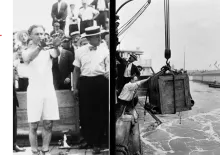
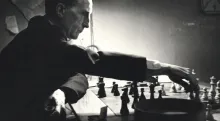




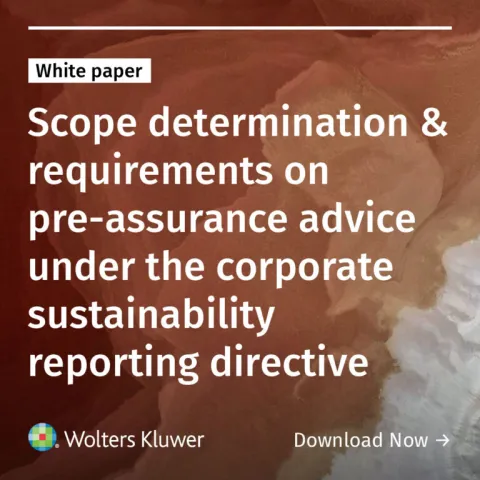

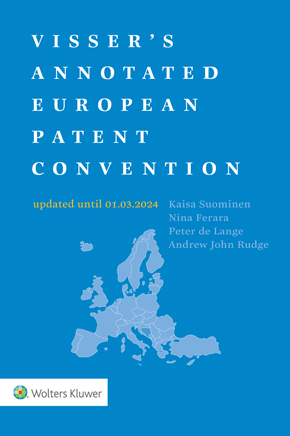
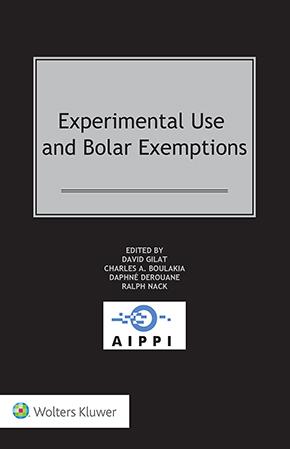

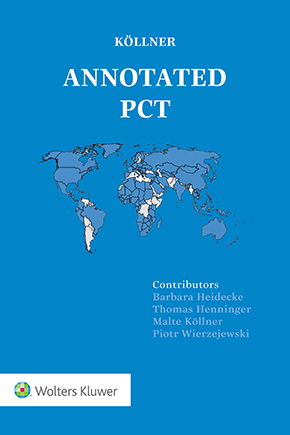

A. Nonymous
The answer appears to be clear: against the Contracting States because it is a court common to them. Article 1 UPCA Unified Patent Court A Unified Patent Court for the settlement of disputes relating to European patents and European patents with unitary effect is hereby established. The Unified Patent Court shall be a court common to the Contracting Member States and thus subject to the same obligations under Union law as any national court of the Contracting Member States.
DXThomas
Dear Mr Montana, Thanks for your comments about a possible a possible role of the WTO when dealing with decisions of the UPC. I commented the decision of the CFI LD about infringement/revocation of EP 3 594 009 B1 on my blog. This decision is indeed flabbergasting. The long arm of the UPC might not need to go as far as China. What about Spain? I have spotted another, let’s say, “strange” decision, where the UPC claims competence for deciding upon damages occurred before the entry into force of the UPC! It has also been commented today in my blog. It is about damages for infringement of EP 1 740 740 B1. To say that the reasons brought forward by the CoA UPC, are far-fetched is a euphemism. It is mainly based on Art 32(1,f) giving the UPC competence for actions for damages or compensation derived from the provisional protection (sic) conferred by a published European patent application This decision has also been taken in a composition with only three LQJ, which is in clear contradiction with Art 9 UPCA. What is disturbing is that the UPC does not seem to have given a time limit for the proprietor to file an infringement claim. A proprietor can claim damages after having left infringement running for many years and then claim infringement shortly before the patent lapses. How this is in accordance with legal certainty remains to be seen. I think that Spain was well advised refusing to sign and ratify the UPC. Poland and the Czech Republic have signed, but rightly refused to ratify it as it would be contrary to the interests of their domestic industry. At the rate things go on, they might not, like Spain, escape the supposed UPC's “long arm”.